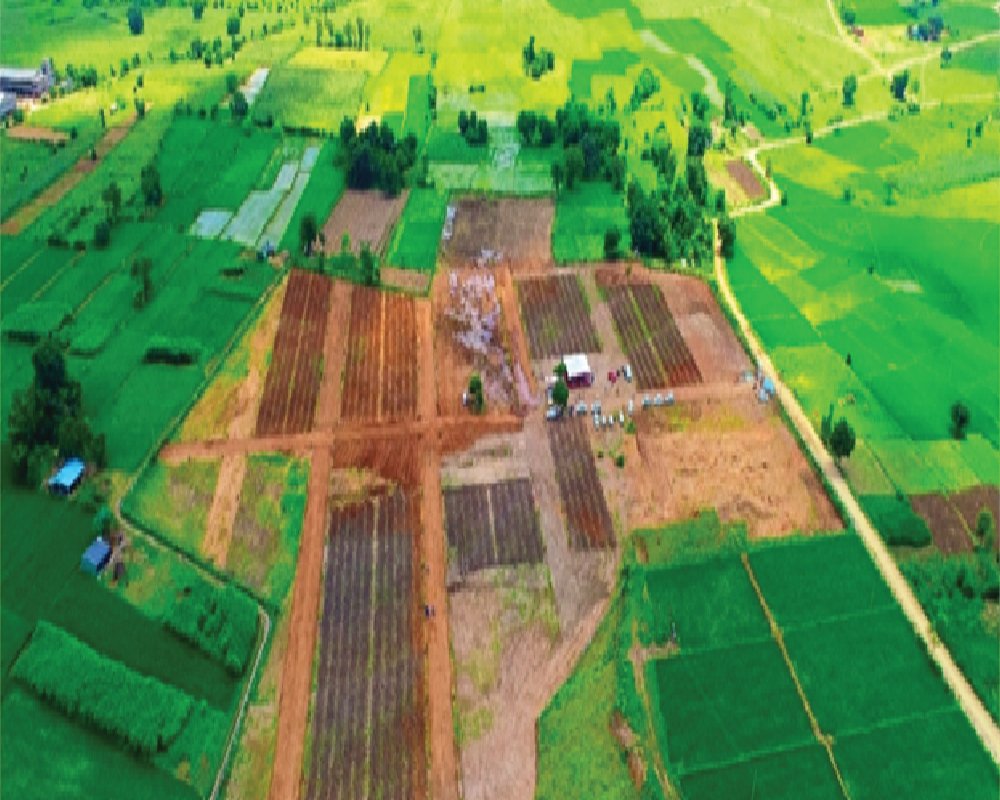Introduction
In the dynamic world of urban development and real estate, the concept of underutilized land has emerged as a focal point for sustainable growth and revitalization. Underutilized land refers to properties that are not being used to their highest and best potential, often lying idle or serving low-value purposes despite being situated in strategically important or high-demand areas. These parcels offer a unique opportunity for transformation, particularly in regions experiencing population growth, economic expansion, or shifts in land use priorities. Recognizing and unlocking the potential of such land is a key strategy for developers, urban planners, and municipalities seeking to promote smart growth and optimize existing resources.
Defining Underutilized Land
Underutilized land is typically defined as land that remains vacant, partially developed, or developed in ways that do not reflect the maximum permitted or economically viable use. These sites may be occupied by outdated or deteriorating structures, used for surface-level parking, abandoned industrial operations, or low-density buildings in high-density zones. In many cases, the existing use fails to align with current zoning allowances, infrastructure availability, or market demand.
For example, a single-story commercial property in a dense urban area where zoning permits mid-rise or high-rise development is considered underutilized. Similarly, a vacant lot in a well-connected suburb or a former warehouse near a transit corridor presents underexploited value. These conditions reflect missed opportunities for more productive, profitable, and socially beneficial use of land.
Strategic Value and Growth Potential
The growth potential of underutilized land lies in its location, existing infrastructure, and flexibility for redevelopment. Many of these parcels are situated in areas undergoing transition—close to transit stations, urban infill zones, commercial corridors, or redevelopment districts. Because they often already have access to utilities, roads, and public services, the cost and effort required to bring them into active use are significantly lower than for raw, undeveloped land.
Furthermore, changing demographics, technological shifts, and evolving consumer behavior create new demands for housing, commercial space, and mixed-use environments. Underutilized land can be reimagined to meet these demands through thoughtful redevelopment, infill projects, or adaptive reuse. For instance, converting old industrial sites into innovation campuses, transforming vacant lots into affordable housing, or reconfiguring surface parking lots into vibrant retail hubs are just some ways these properties can be leveraged for modern urban needs.
Drivers of Redevelopment
Several factors contribute to the increasing focus on underutilized land. Urban population growth and rising land scarcity make efficient land use imperative, particularly in cities where expansion is constrained by geography or policy. Governments are increasingly encouraging redevelopment of existing sites through zoning incentives, tax abatements, and streamlined permitting processes. Sustainability goals also play a role, as redeveloping already-disturbed land supports reduced urban sprawl and limits the environmental impacts associated with greenfield development.
In many regions, public-private partnerships are catalyzing the transformation of underutilized parcels into high-performing real estate assets. These collaborations combine the resources and expertise of both sectors to overcome development barriers and ensure that projects align with broader community objectives, such as economic revitalization, affordable housing, or enhanced public amenities.
Challenges and Considerations
Despite their promise, underutilized land parcels may present certain challenges. Environmental contamination, outdated infrastructure, legal disputes, and fragmented ownership can complicate redevelopment efforts. Additionally, community resistance or restrictive zoning regulations may limit what can be built. A comprehensive site analysis, stakeholder engagement, and alignment with local planning goals are essential to successfully repurposing these lands.
Developers must also balance economic viability with community impact, ensuring that projects not only maximize land value but also contribute positively to the surrounding environment. Sustainable design, inclusivity, and alignment with future urban trends are increasingly important considerations in the redevelopment of underutilized land.
Conclusion
Underutilized land with growth potential represents a powerful opportunity to reshape cities, support economic development, and address modern urban challenges. By identifying and activating these parcels, communities can make better use of existing infrastructure, reduce land consumption, and create more vibrant, inclusive, and resilient urban environments. As pressure mounts to accommodate growth without sacrificing sustainability or affordability, the intelligent redevelopment of underutilized land will remain a critical tool for shaping the future of urban landscapes. Whether through policy, investment, or innovation, unlocking the potential of these often-overlooked spaces is a vital step toward more efficient and equitable land use.
Hashtags
#UnderutilizedLand #LandPotential #GrowthOpportunities #RealEstateInvesting #LandDevelopment #SustainableGrowth #UrbanRenewal #AgriculturalLand #InvestmentOpportunities #LandUse #PropertyDevelopment #GreenSpaces #CommunityGrowth #SmartLandUse #FutureDevelopment #LandTransformation #EconomicGrowth #RealEstateTrends #LandManagement #InnovativeLandUse


